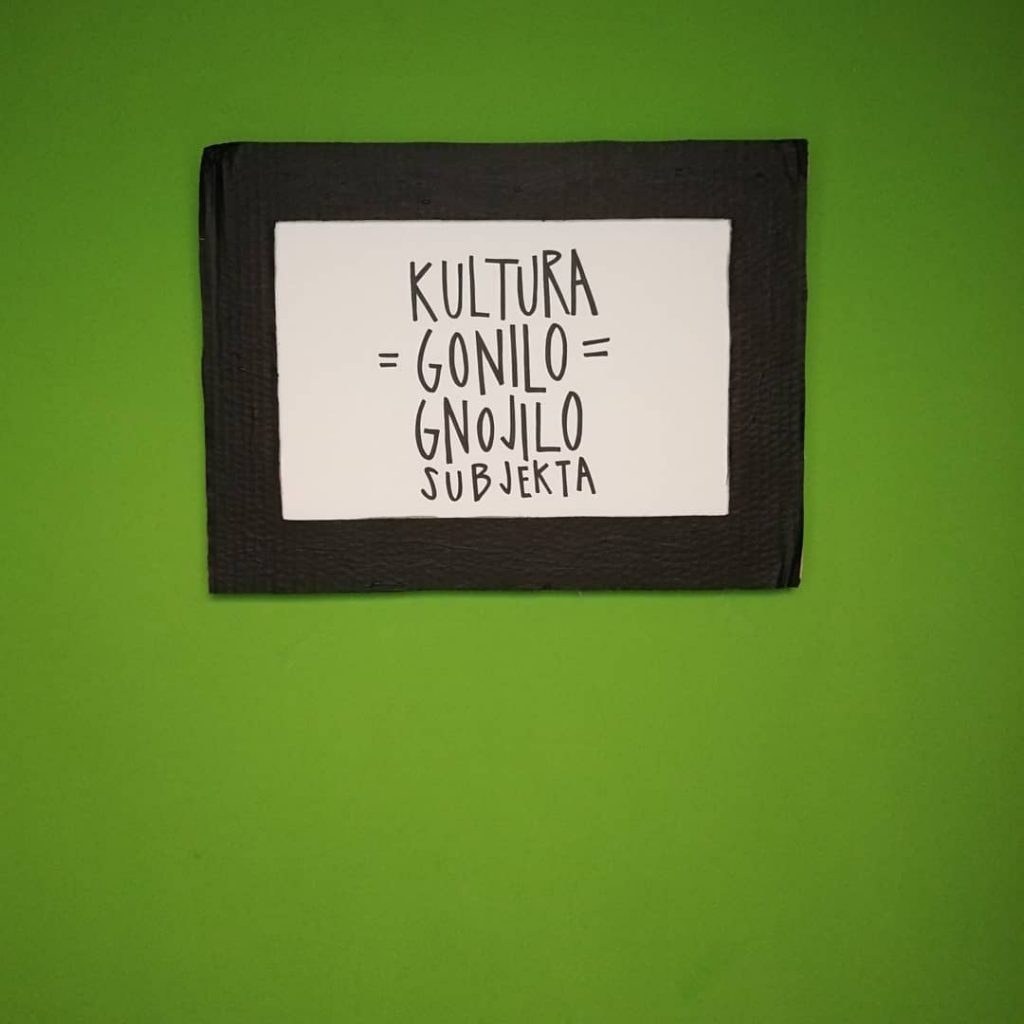IN AND OUT OF THE BALKANS: The interweaving Cultures of the Belt and Road Initiative

The Belt and Road Initiative (BRI) aims to enhance economic and cultural connectivity amongst its participating countries. As such, it is continuing the Silk Roads legacy which played an important role in the upbringing of the regions involved throughout history. These regions however, didn’t only benefit from the economic exchanges that were happening – through the Silk Road, they also shared important ideas, scientific findings, culture, religious beliefs etc. The BRI, in many ways, hopes to achieve the same and strengthen the cultural bonds between participating countries. However, as the Balkan region became [more] involved, most research was (is) focused primarily on China’s economic and infrastructural investments, and little to no research was done about other crucial parts of the BRI such as culture, education and art.
To shine light on the complex world of cultural interweaving, I will be gathering information about various cultural and artistic projects in the Balkan region under the BRI. For that, I will be preparing a questionnaire asking about insights on projects (or absence of projects) done in collaboration of institutes from the Balkan region and China. The questionnaire will then be sent to various cultural institutions in the Balkan region. The primary goal of my research is to further the understanding of how these types of projects shape, on one side the general view on China’s presence in these regions, and on the other side how they shape our own cultural sphere.
A number of institutions across the region have been included in the research through this questionnaire, including National Museums, Museums of Contemporary Art, institutions working with film, as well as the independent art sector in Ljubljana, Zagreb, Sarajevo, Belgrade, Pristina, Skoplje, Rijeka, Cetinje and Novi Sad.
Research has been supported by Rockbund Art Museum through Curtain project.
Marija Glavaš, student of Culturology at the Faculty of Social Sciences in Ljubljana
